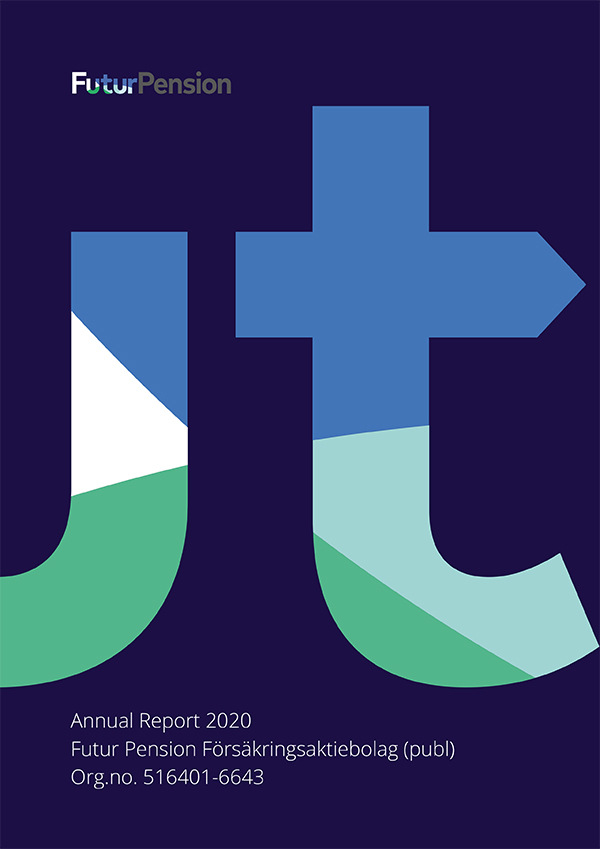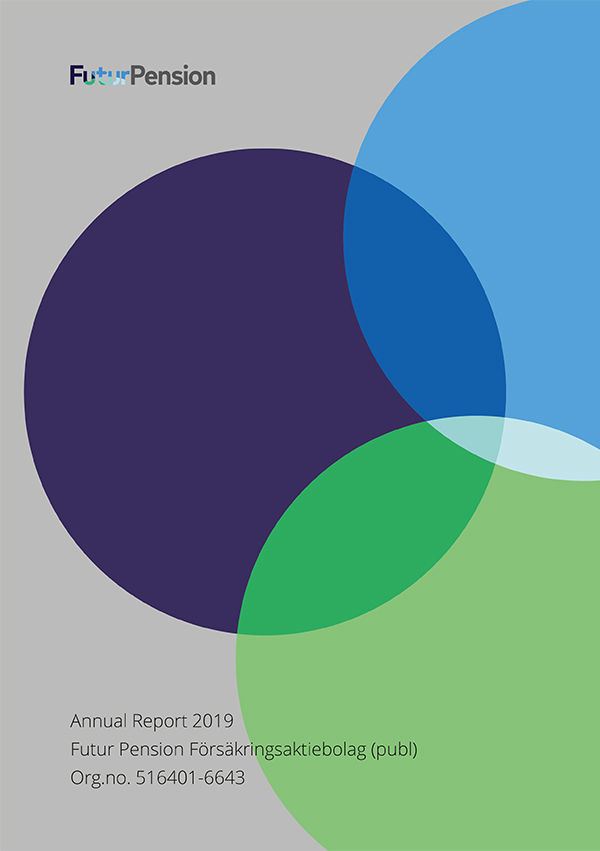Financial information
”Our business is experiencing stable, positive progress.”
In 2020, premium income increased by 23% compared to 2019 and assets under management increased by 20% over the same period. These increases did not affect earnings to the same extent because in spring 2020 the stock markets fell sharply, and the company lost earnings. At the same time, the structure has been reviewed and adapted to new investments, primarily in the area of occupational pensions, which means that we have increased the number of employees. The basic business is stable, with stable growth. The board of directors and management look forward to future progress with confidence.
Futur Pension (formerly known as Danica Pension) has been carrying on successful capital and pension business with distribution through independent intermediaries, Danske Bank and private banks/depository institutions, for over 20 years.
Futur Pension carries on direct life insurance business in the form of securities-related personal insurance (unit-linked insurance) and portfolio bonds within the framework of traditional life insurance without guarantee. Both forms of insurance mean that the policyholder bears the investment risk and Futur Pension gives no guarantees regarding return on capital.
The basis of the business model consists of the insurance company charging fees on the assets under management and occasionally on deposited premiums. The fees must then cover stock commissions and premium commissions to distributors and advisors as well as own operating costs. This indicates that the size of the assets under management is a key factor to be considered when assessing the company.
Key indicators
In order to be able to carry out an overall assessment of the company's size, potential and efficiency, a combination of key indicators such as the size of assets under management (earnings) with premium income (potential), administration costs (efficiency) and number of employees (efficiency) provides a satisfactory picture. The Solvency Capital Requirement is a measurement calculated in accordance with the solvency regulations. The measurement shows the ratio between, on the one hand, the risks associated with the company's commitment and, on the other, the size of the company's own funds to cover those risks.

AuM in 2020, SEK
Premium income in 2020, SEK
Market share 2020

